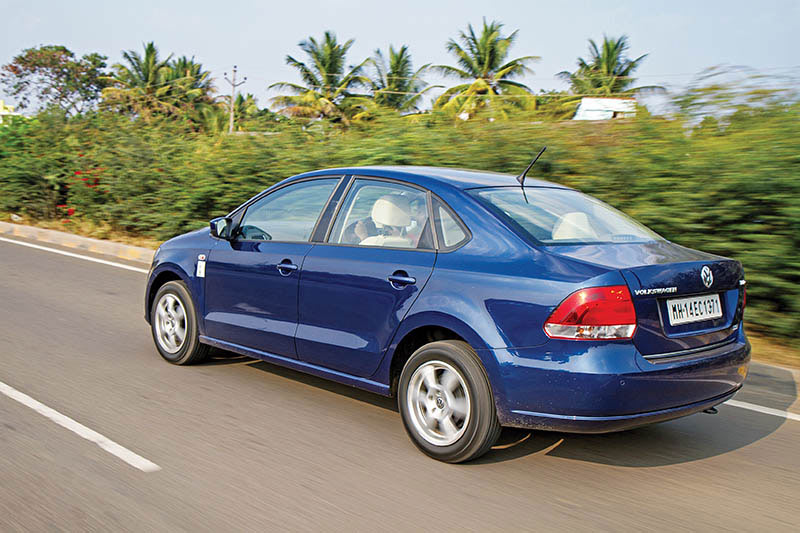 The Vento gets an advanced powertrain from Volkswagen’s vast technology pool. We experience it
The Vento gets an advanced powertrain from Volkswagen’s vast technology pool. We experience it
A critic’s job is easier than that of the creator. The creator devotes time, effort and money – all the while bearing in mind the risk of rejection – to make something entirely new while the critics voice their opinions and decide the fate of the product.
However, faced with a situation where the product happens to be flawless, the critics find themselves in a bind. Their credibility is at stake in spite of an honest review when there is no shortcoming to point out, because the followers suspect a case of vested interest. I am facing a similar situation here since the new Volkswagen Vento TSI leaves nothing more to be desired.
Before we get into the details, though, let me bring you up to speed. The Vento is Volkswagen’s C-segment sedan and it has been around since the second half of 2010. The car received a minor update last year, and the new TSI variant introduced last month is the second engine option in the Highline trim of the petrol Vento.
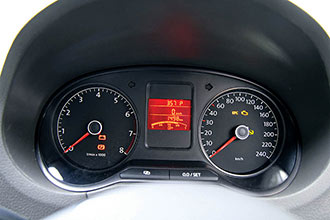
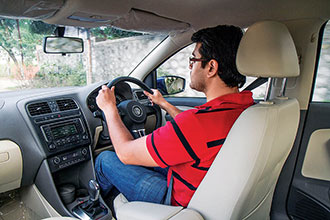
The Vento’s well-chiselled design is understated yet aggressive and bears the Volkswagen family look. The front end looks sharp due to the sleek radiator grille and the headlights with blackened edges, while the rear end is subtle and carries the various badges. The six-spoke alloys look smart and the chrome lining on the fog-lamp surrounds and the boot gives it an upmarket look.
The cabin has a brown and beige dual-tone interior and feels premium due to the leather upholstery, high quality plastics and aluminium inserts. There is precision in everything from the design and fitment of the panels to the stitching on the leather-wrapped surfaces. The seats are comfortable and there is good amount of space in both the rows as well as in the large boot.
Being the top trim of the Vento series, the TSI comes loaded with comfort, convenience and connectivity features and is also high on safety features.
Volkswagen’s TSI petrol engines are highly efficient powerplants, downsized by using a combination of forced induction and fuel stratified injection technologies. The 1.2-litre four-cylinder TSI engine powering the Vento uses a turbocharger to produce the same amount of power as the 1.6-litre engine powering the rest of the Vento petrol fleet. However, the maximum power output of 105 PS is attained at a slightly lower engine speed of 5,000 RPM, while the torque output of 175 Nm is 22 Nm more than in the other engine. Moreover, the peak torque is also attained at 1,500 RPM, instead of at 3,800 RPM in the other engine, and has a wider spread, since it is available till 4,100 RPM.
In addition to this, the engine is mated to a seven-speed DSG (direct-shift gearbox) to enhance the car’s performance. The DSG is an intelligent system, which ensures an immediate throttle response, backed by generous amount of power flowing out to the front wheels. The best part, however, is that you don’t feel the gear shifts. The change in RPM can be seen on the tachometer when it switches the gears, but there is no jerk or lag. The DSG box also has a manual mode for sequential shifts and there is a Sports mode as well, but it doesn’t really bring any noticeable change in the car’s performance.








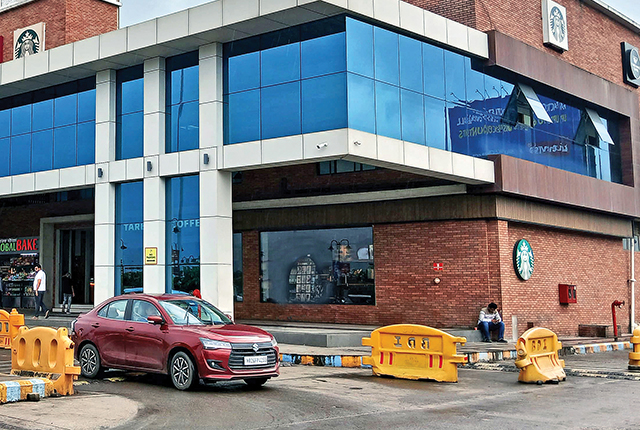







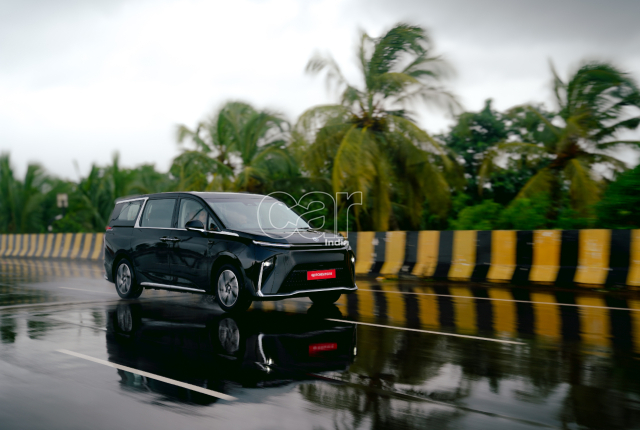
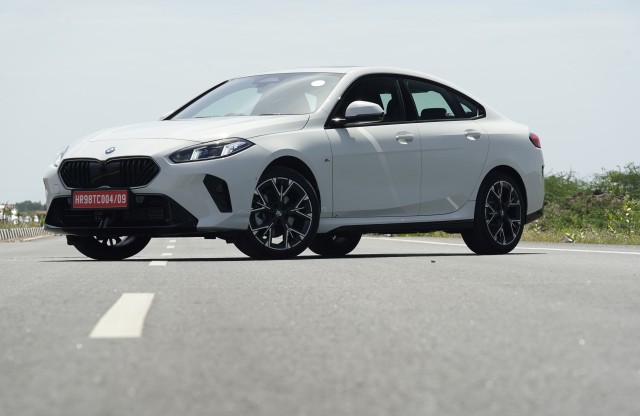



Leave a Reply